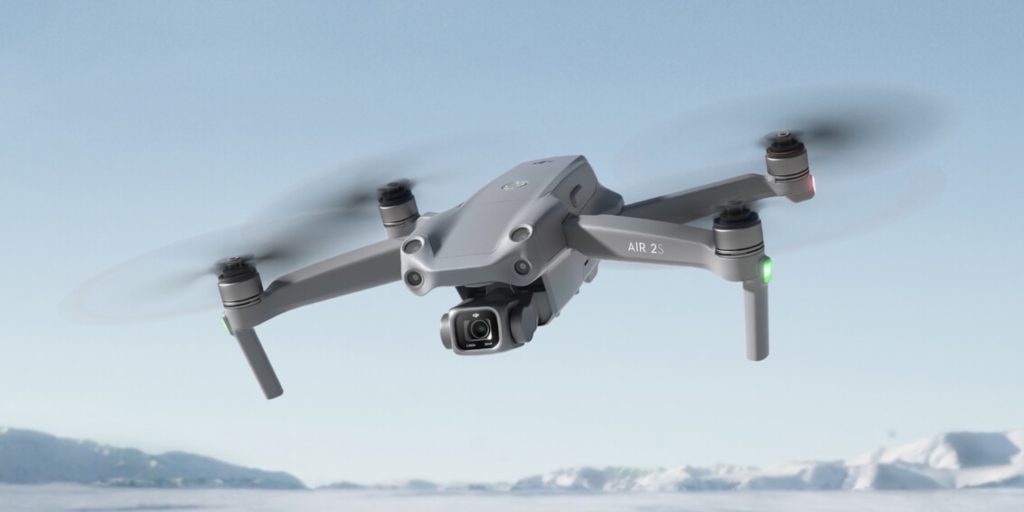What is a Drone and How Do They Transform Photography?
In the ever-evolving landscape of **photography**, the advent of drones has undoubtedly revolutionized how professionals capture images. So, what is a drone? Drones are unmanned aerial vehicles (UAVs) that can be piloted remotely or autonomously programmed to undertake specific tasks. For professional photographers, understanding the depth of drone technology is crucial to elevating your art form.
From breathtaking aerial shots to versatile filming angles, drones have opened a new dimension to photography. Whether you specialize in landscapes, real estate, or events, incorporating drones into your toolkit can set you apart in a competitive industry.

Types of Drones Used in Photography
When talking about drones, its important to recognize that not all are built the same. There are a variety of types catering to different **photographic** needs:
- Quadcopters: These are the most popular drones for photographers because of their stability and ease of use.
- Fixed-Wing Drones: These models are ideal for covering large areas, making them a great choice for landscape photography.
- Hybrid Drones: Merging both quadcopter and fixed-wing functionalities, these drones offer flexibility for various shooting requirements.
- Racing Drones: While not traditionally used for photography, skilled pilots can adapt these drones for capturing fast-moving subjects.

Key Components of Drones
Understanding the **basic parts** of a drone can significantly enhance its operation. Essential components include:
- Camera: The heart of any drone used in photography. Look for drones with high-resolution cameras and gimbal stabilizers.
- Controller: This device allows you to pilot your drone seamlessly, giving you the flexibility needed for artistic shots.
- Propellers: Heavily influence the drones control and speed. Adjusting propeller pitch can change the drones handling in flight.
- Battery: A critical component impacting your flight time and, by extension, the number of shots you can capture in one session.

How Drones Enhance Aerial Photography
One of the key benefits of using drones in photography is the unique perspective they offer. Aerial photography allows for an entirely new way to showcase a location through:
- Dynamic Angles: Capture angles previously impossible without a helicopter or expensive specialty equipment.
- High Altitude Shots: Great for landscapes, giving depth and proportion to subjects on the ground.
- Access to Hard-to-Reach Locations: Drones can venture into areas that are otherwise dangerous or inaccessible.

Considerations for Using Drones in Photography
While the benefits are substantial, there are critical aspects to consider when flying drones for photography:
- Regulations: Familiarize yourself with drone certification laws and regulations in your area to avoid penalties.
- Weather Conditions: Wind and rain can significantly affect drone performance. Always check forecasts before flying.
- Battery Life: Always plan your shots strategically to maximize flight time and avoid unexpected returns.
Top Tips for Aerial Photography with Drones
To achieve stunning results with your drone, try these practical tips:
- Composition Matters: Use principles of composition like the rule of thirds to create striking images.
- Camera Settings: Adjust camera settings to optimize your photos based on lighting conditions.
- Practice Flying: Familiarize yourself with your drones controls and handling capabilities to avoid disruptions during a shoot.
Common Challenges Faced by Drone Photographers
Every art form has its challenges. A few common issues drone photographers face include:
- Signal Loss: Be aware of potential loss of signal when flying over vast distances or in obstructive areas.
- Battery Drain: Always have a backup battery or plan for the possibility of having to land prematurely.
- Camera Shake: Invest in good drone gimbals to reduce shake and improve image quality.
Legal Considerations for Drone Photography
Shooting with drones involves adhering to local and national laws. The FAA regulations provide guidelines on operational boundaries and registration processes. Be informed to uphold safety and legal standards.
FAQs
1. How high can I fly my drone?
Most regulations restrict flights to below 400 feet above ground level, but check local laws for specific regulations.
2. Do I need a license to fly my drone for photography?
In many jurisdictions, you do require a certification to operate drones commercially, including for photography.
3. What is the best drone for photographers?
The best drone depends on your needs, but models like the DJI Phantom 4 and Mavic Air are popular among professionals.
As an Amazon Associate, I earn from qualifying purchases.

